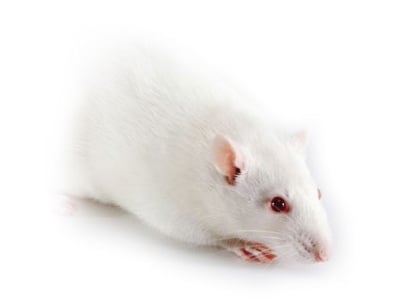Tbx21 (T-beta) knockout rats
HsdSage:SD-Tbx21em1Sage

Strain
Location
Order Today
Typically heterozygous rats are cryo-recovered in 10-12 weeks to an age of 7 weeks old. Subsequently homozygous rats to an age of 7 weeks old can be produced within 20-22 weeks.
- Macrophages from homozygous knockout rats demonstrate less Th1 response with less IFN-? secretion after simulation with PMAHomozygous knockout rats show decreased bone mass
- Homozygous knockout rats show elevated serum alkaline phosphotase levels
- Background Strain: Sprague-Dawley
Availability: Cryopreserved as heterozygous embryos
Zygosity: Homozygous as live colony
T-box transcription factor (TBX21) is a member of the T-box protein family, which shares a common DNA-binding domain. TBX21 plays a critical role in Th1 cell differentiation through stimulation of IFN. Due to a hypersensitive immune system, the Tbx21 (-/-) rat model is useful for studies of acute and chronic human asthma, Crohn's disease, colitis, cancer metastasis, autoimmune disorders and inflammation.
Origin:
The Tbx21 (T-beta) Knockout Rat model was originally created at SAGE Labs, Inc. in St. Louis, MO and distributed out of the Boyertown, PA facility. The line continues to be maintained through the original SAGE Labs animal inventory acquired by Envigo, then Envigo was acquired by Inotiv in 2021.

Available regions:
For pricing information, please contact us using the phone number above.


Research use and related publications
- Asthma
- Colitis
- Crohn's disease
- Immunology
- Inflammation/Autoimmune disorders
- Multiple sclerosis
- Oncology
- Platelet defects/Platelet aggregation
- Renal dysplasia
- Rheumatoid arthritis
- Thrombosis/Cardiac fibrosis
- Vascular defects





